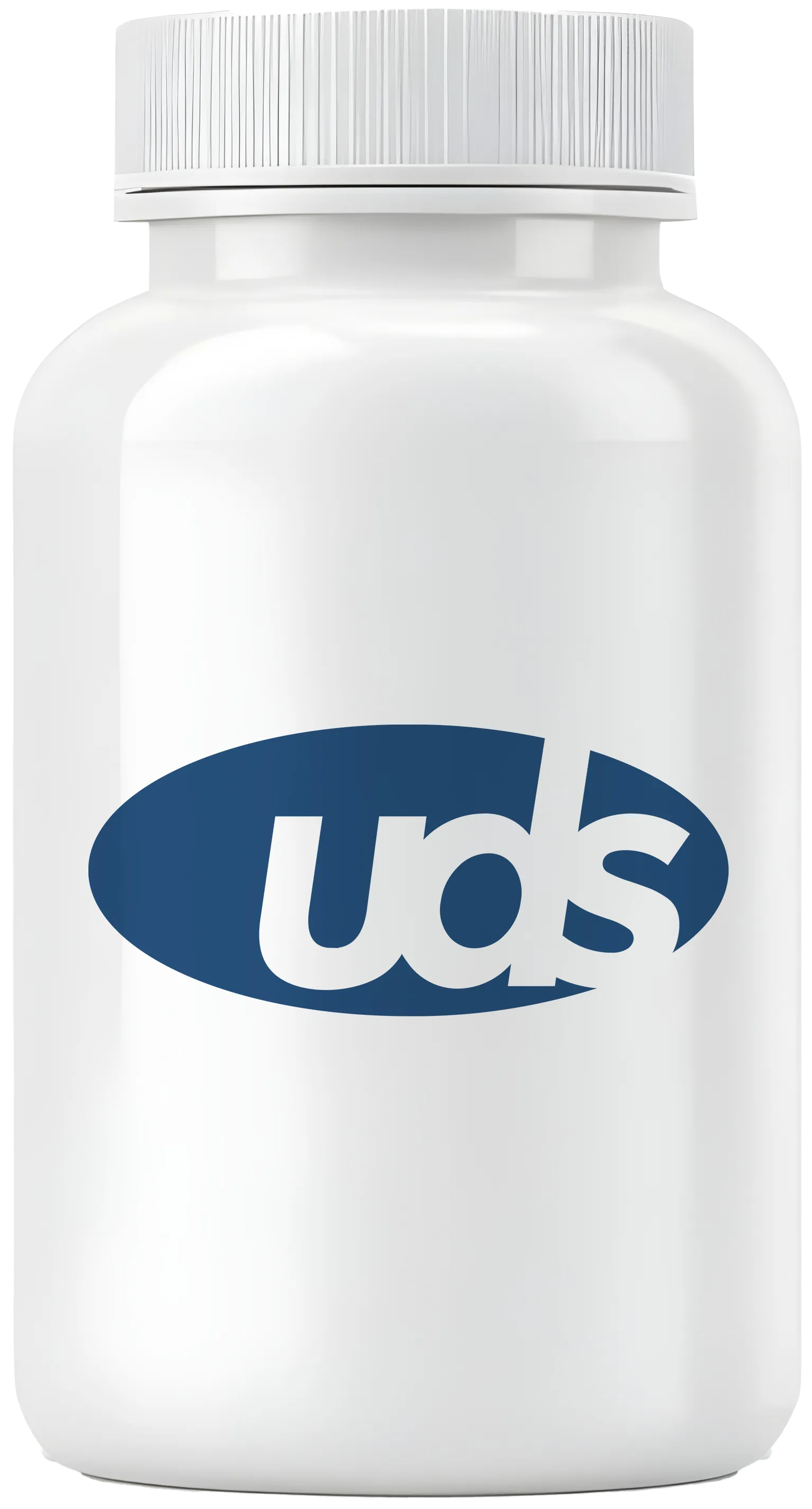What is Pradaxa used for?

Pradaxa (dabigatran etexilate) is a prescription medication manufactured by Boehringer Ingelheim Pharmaceuticals. It is approved by the U.S. Food and Drug Administration (FDA) to:
- Lower the risk of stroke and blood clots in adults with non‑valvular atrial fibrillation
- Prevent blood clots in people who have recently had hip replacement surgery or have been treated for a previous blood clot
- Treat adults with pulmonary embolism (PE) or deep vein thrombosis (DVT) who have been treated with a parenteral anticoagulant for 5–10 days
- Treat venous thromboembolic events (VTE) in pediatric patients aged 8 to <18 years who have been treated with a parenteral anticoagulant for at least 5 days
- Reduce the risk of recurrent VTE in pediatric patients aged 8 to <18 years who have previously been treated for VTE
Pradaxa is not for use in people with artificial prosthetic heart valves, as it may increase the risk of heart attack and stroke in these patients.
Pradaxa FAQs
What are the side effects of Pradaxa?
The most common side effects in clinical trials include:
- Upset stomach and indigestion
- Stomach pain
- Acid reflux (heartburn)
- Increased bleeding
Rare but serious side effects may include:
- Life‑threatening allergic reactions (hives; swelling of face, lips, tongue, or throat; chest pain; trouble breathing)
- Severe bleeding (brain bleed or gastrointestinal hemorrhage). Seek immediate medical attention if you experience:
- Unusual gum bleeding
- Recurring nosebleeds
- Heavy menstrual bleeding
- Pink or brown urine
- Red, black, or tarry stools
- Coughing up blood
- Vomiting blood or material resembling coffee grounds
- Stomach ulcers
- Higher risk of blood clots if Pradaxa is stopped early
- Spinal paralysis or bleeding with epidural or lumbar puncture. Notify your provider if you have:
- Back pain
- Numbness, tingling, or weakness in the legs
- Bowel or bladder problems
These are not all possible adverse effects. Consult your healthcare provider for any concerns, and report side effects to the FDA at 1-800-FDA-1088 or www.fda.gov/medwatch.
How does Pradaxa work?
Pradaxa is a direct thrombin inhibitor, also called an anticoagulant or blood thinner. It prevents blood clots by blocking the action of thrombin, reducing the risk of stroke without requiring routine blood tests.
What drug interactions are there with Pradaxa?
Pradaxa may interact with:
- Other blood thinners (clopidogrel, heparin, enoxaparin, prasugrel)
- Nonsteroidal anti‑inflammatory drugs (NSAIDs) such as naproxen or ibuprofen
- Dronedarone
- Rifampin
- Ketoconazole
What warnings or precautions apply with Pradaxa?
Pradaxa contains a black box warning advising not to stop the medication early, as this increases the risk of stroke and blood clots. It also warns of epidural or spinal hematomas during spinal procedures, which can lead to paralysis.
Shop Medications
Inform your healthcare provider of all medical conditions, including:
- Kidney disease or other kidney problems
- History of bleeding disorders
- Allergy to dabigatran or any inactive ingredient
- Spinal deformities or prior spinal procedures
- History of stomach ulcers
- Antiphospholipid syndrome
- Pregnancy or plans to become pregnant
- Breastfeeding or plans to breastfeed
- Upcoming surgeries or dental procedures
What dosage forms and strengths does Pradaxa come in?
- 75 mg capsule
- 110 mg capsule
- 150 mg capsule
How do you take Pradaxa?
Take Pradaxa exactly as prescribed. Your dose depends on your condition, kidney function, and other medications. It is usually taken twice daily, or once daily after hip or knee replacement surgery. Pradaxa can be taken with or without food; swallowing with a full glass of water may reduce stomach upset. Swallow capsules whole; do not chew or open.
If you miss a dose, take it as soon as you remember on the same day. If it is less than six hours before your next dose, skip it. Do not double dose.
What happens if you stop taking Pradaxa?
Stopping Pradaxa early increases the risk of blood clots and strokes. Do not discontinue without consulting your healthcare provider.
How should you store Pradaxa?
Store Pradaxa in its original container at 68–77°F (20–25°C). It may be kept at 59–86°F (15–30°C) for short periods. Once opened, use within four months.
What is the likelihood of Pradaxa causing bleeding?
Major bleeding occurred at a rate of 3.47% per year in clinical trials. Gastrointestinal bleeds occurred at 1.59% per year, and intracranial hemorrhage at 0.22% per year.
Does Pradaxa cause ankle swelling?
Ankle swelling is not a typical side effect. If you experience joint swelling or pain, contact your healthcare provider immediately, as it may indicate bleeding.
Related Medications
- Coumadin (warfarin)
- Eliquis (apixaban)
- Lovenox (enoxaparin sodium)
- Angiomax (bivalirudin)
- Xarelto (rivaroxaban)



